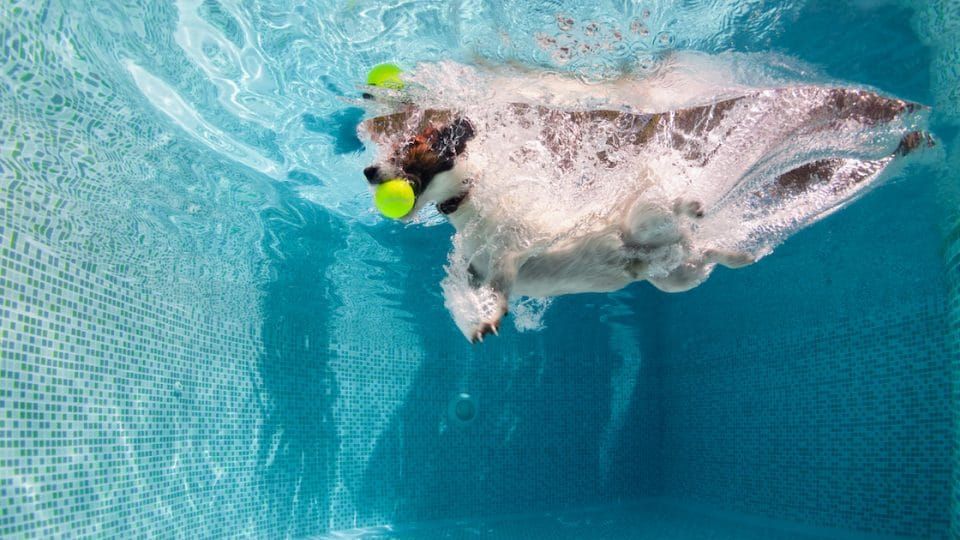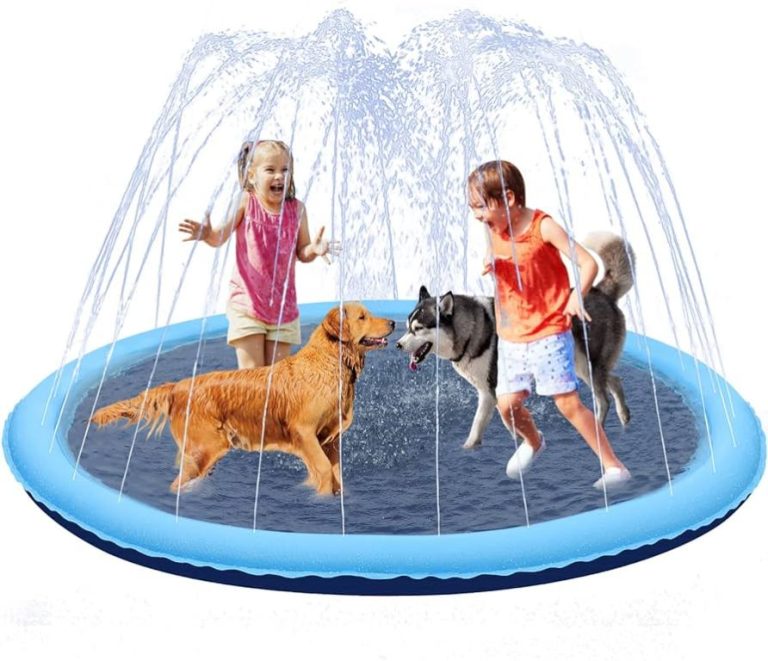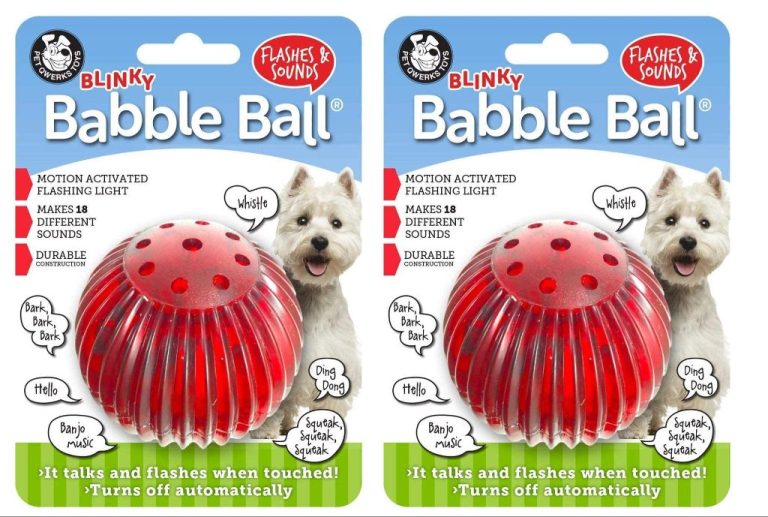Water Fun: Splash Around With Your Pooch
Playing with dogs in water can be a fun activity for both pets and their owners. Water play provides mental stimulation and physical exercise for dogs of all ages. There are many benefits to water activities like swimming, fetching toys from the water, and splashing around.
According to Rover, water play is great exercise for dogs as it works different muscle groups compared to land activities. The resistance of water makes dogs work harder when swimming or fetching. Water play is also low-impact which is ideal for dogs with joint issues. Additionally, the mental stimulation of water activities can tire out dogs.
Beyond exercise, water play can strengthen the bond between owners and pets. Fun activities in the water allow for quality time together. Dogs that enjoy water can also use it as a way to cool down on hot days. Overall, water provides a source of entertainment, exercise, and relief for dogs.
Safety First
When enjoying water activities with your dog, it’s essential to keep safety in mind. According to the sources below, the most important rule is to never leave your dog unattended around water.
Even excellent swimmers can get into trouble, so always stay within reaching distance. Be especially cautious around pools, beaches, lakes, and rivers, which all pose potential risks for dogs (VBSPCA).
Pay attention to currents, depth, and sudden drop-offs which could sweep your dog away or make it difficult for them to get out of the water. Consider using a flotation device for added security (Dutch).
Also rinse your dog off after swimming to remove irritants from seawater, chlorine, algae, and pollution. Ingesting these substances could lead to upset stomach or other health issues (WebMD). With vigilance and common sense, you can help ensure your dog stays safe while splashing around.
Where to Play
Taking your dog to swim and play in water can be a fun bonding activity for both of you. But it’s important to find safe locations designed for dogs to enjoy the water. According to The 8 Best Places to Take Your Dog Swimming Near Denver, some top spots include dog pools, beaches, lakes, and more.
Dog-friendly pools provide a safe environment for swimming and feature amenities like ramps for easy entry and exit. Many facilities also offer splash pads, water toys, and areas for owners to get in the water too. Canine Rehabilitation & Conditioning Group and Canine Fitness & Fun Center in Denver are two recommended indoor pool options.
Beaches along bodies of water like oceans, rivers, and lakes are another popular destination. But do research ahead of time, as not all beaches permit dogs. Designated dog beaches provide off-leash areas and water access. Downs Park Dog Beach in Maryland is one highly-rated spot according to 13 Places to Take Your Dog Swimming in Maryland.
When visiting lakes and streams, test the water first and beware of potential hazards like strong currents, slippery rocks, and dangerous debris. Consider life jackets for added safety. Matapeake Park Dog Beach along the Chesapeake Bay is one calm inland option.
With proper precautions, water play areas can provide dogs hours of exercise, entertainment, and cooling off on hot days. Just be selective in choosing locations designed with your dog’s safety as the top priority.
Pool Time
Swimming in a pool can be a fun way for dogs to cool off and get exercise. However, it’s important to ease them into it and provide proper supervision. According to an article on Bluehaven, when first introducing your dog to a pool, it’s best to “Safely lead your dog into the pool” and use a ““step-by-step” technique” to get them comfortable. Always stay with your dog in the pool and be prepared to lift them out if needed.
Dogsbestlife recommends starting at the pool’s edge and using “praise and treats” to positively reinforce your dog as they get used to the water. Flotation devices like life vests can provide extra support and confidence for beginners. But never leave your dog unsupervised, even with a flotation device on.
With patience and positive reinforcement, you can teach your furry friend to love splashing around in the pool. Just be sure to provide aid and supervision until they are completely comfortable swimmers.
Beach Basics
Taking your dog to the beach can be a fun summer activity for both of you. However, there are some special considerations when bringing your pup to the seaside. Proper preparation and awareness of beach hazards will help make your beach trip smooth sailing.
Before heading to the beach, gather supplies to keep your dog comfortable. Bring a portable water bowl and fresh water to prevent dehydration. Pack a doggie first aid kit, dog life jacket, towel, shade structures like a beach umbrella or tent, and toys. Apply dog-safe sunscreen to your pup’s sensitive areas like the tips of the ears and nose. Bring poop bags to clean up after your dog.
Watch out for hot sand that can burn paws. Let your dog test out the terrain and provide booties if needed. Be mindful of strong tides that can surprise both you and your dog. Keep your dog on a leash and supervise swimming to prevent exhaustion. Rinse your dog with clean water after swimming to remove salt and sand.
Check local ordinances at your destination beach regarding leash requirements, waste cleanup, and whether dogs are allowed during busy seasons. With preparation and awareness, you and your dog can safely enjoy fun days at the beach.
Lakes and Streams
When taking your dog swimming in lakes or streams, you’ll need to be extra cautious as these environments pose some unique safety hazards. Running water in streams and rivers can tire out dogs quickly, so it’s important not to let them overdo it. If the lake or stream has a current, be aware that dogs can get pulled under or swept away ([1] “10 Tips for Taking Your Dog Swimming in a Lake or River,” Law’s Country Kennel, 2022).
Never toss or push your dog into the water, even if they are usually eager to swim. Let them enter the water naturally at their own pace. Additionally, lakes and rivers may contain dangerous debris like rocks or fallen trees hidden under the surface. Water quality is another consideration – stagnant water or water contaminated with bacteria, parasites, or toxic blue-green algae can make dogs sick if ingested ([2] “7 Things to Consider Before Taking Your Dog Swimming This Summer,” Brentford Veterinary Clinic, 2023).
Keep a close eye on your dog any time they are swimming in open water. Use a floating dog life vest if your dog will tolerate wearing one. Have an emergency plan ready in case your dog gets tired, injured, or lost their footing. Take breaks often and limit swimming sessions to short increments. Afterwards, rinse your dog off with clean water and check them over for any cuts, paw injuries, or signs of water ingestion.
After Swimming
After your dog is done swimming, it’s important to thoroughly dry them off to prevent skin issues. Use a towel to gently pat dry their coat, taking extra care to dry their ears, belly, armpits and between their paw pads where moisture can collect [1]. Let your dog air dry for 10-15 minutes before letting them inside.
It’s a good idea to rinse off your dog with clean water after swimming to remove any pool chemicals, lake debris, or ocean salt that could be irritating [2]. Avoid using shampoo or conditioner right after swimming, as this can lock in any remaining irritants.
Check your dog’s skin and coat for any signs of irritation like redness, bumps, or scratching after swimming. Contact your vet if you notice any concerning symptoms, as they could indicate an infection or reaction [3]. With proper drying and rinsing after water fun, your dog should avoid any major skin issues.
Water Toys
Dogs love playing with toys in the water. The right water toys will keep your dog engaged and having fun while also being safe. According to Amazon, some of the best water toys for dogs are:

- Fetch toys like floating balls or sticks – These allow you to play fetch with your dog in the water.
- Chew toys like floating ropes or rings – Chew toys let your dog satisfy their chewing instinct while in the water.
- Interactive toys like tug toys or toss toys – Interactive toys are great for playing with your dog and bonding in the water.
Make sure to supervise your dog with any water toys. Pick toys that are sized appropriately and made of durable material. Avoid any toys with small parts that could present a choking hazard. The right water toys will let your dog play safely while having a splashing good time.
Owner Participation
Getting in the water and playing with your dog can be incredibly fun for both of you. Here are some fun activities to try:
- Bring toys like balls, frisbees, or floats, and throw them for your dog to fetch from the water.
- Get a lifejacket for yourself and swim around with your dog.
- Play hide and seek by ducking under the water and popping up in a different spot.
- Sprinkle your dog’s favorite treats on the surface of the water and let them try to catch them as they float.
While playing with your pup, be mindful of their limits. Give them breaks so they don’t get overtired. It’s also best to avoid overly roughhousing or dunking your dog’s head underwater.
With some creativity and safety precautions, you and your dog can have a blast splashing around together!
Final Tips
Here are some final tips to keep in mind when splashing around with your pooch:
Always supervise your dog during water play and never leave them unattended near water. While most dogs are natural swimmers, accidents can still happen. It’s better to be safe than sorry when it comes to water safety.
Make sure your dog is properly hydrated before and after water play. Bring fresh water for your dog to drink and offer it frequently during play sessions. Dehydration can set in quickly, especially on hot days.
Check local beach and lake regulations before visiting. Many public spaces have rules against dogs, so call ahead or check online before loading up the car.
Rinse off your dog after playing in saltwater or lakes. The minerals and organisms found in natural bodies of water can dry out your dog’s skin and coat. A freshwater rinse keeps their skin and fur healthy.
Try different water toys to see what your dog likes best. Experiment with balls, frisbees, sprinklers and kiddie pools to provide variety and mental stimulation.
Make it fun for you too! Wear a swimsuit and get in the water with your dog. Your participation and upbeat energy will help your pup have the best experience.
Keep a towel handy to dry off your soggy dog before letting them back in the car or home. This helps avoid mess and keeps their fur from getting stinky.




